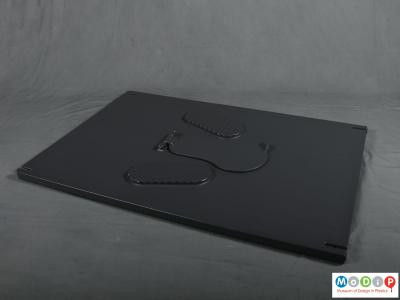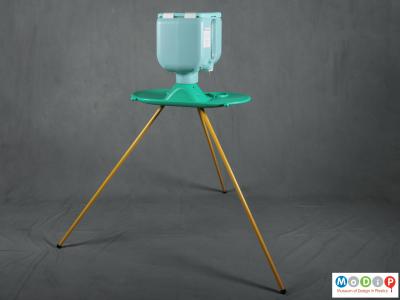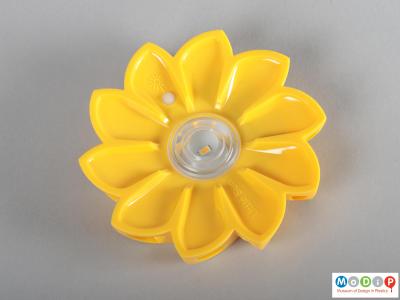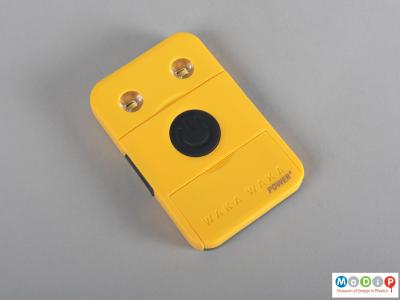When a disaster occurs, rapid and effective action is needed to save lives, protect infrastructure and provide ongoing stability. Whilst every emergency will have its own specific response requirements, common priorities include the provision of water supplies, sanitation facilities, access to food, shelter and medical care. Plastics can play a significant role in helping communities respond to and recover from such tragic events.
The SolarSack (1) is a water purification system, made of several layers of polyethylene (PE) film. Simple to use, it is filled with non-dirty water and left out in the sun for four hours. Applying the SODIS (solar water disinfection) process, the innovative sack removes 99.999% bacteria, viruses and other harmful pathogens by harnessing UV-rays. It can be re-used up to 500 times and the company have established local partnerships to recycle sacks at the end of their useful life.
The high-density polyethylene (HDPE) latrine slab (2) can be used over trenches or pits as a temporary toilet during the first phase of an emergency. The ready-to-use, self-supporting platform includes a hinged cover over a large drop hole and has a chemical-resistant, easy-clean surface finish. Being lightweight it can be easily moved and is intended to be housed within a superstructure for privacy, security and dignity.
Handwashing with soap can directly impact public health, preventing the spread of diseases such as cholera and typhoid fever. The Oxfam Handwashing Stand (3) provides a low cost, easy-to-assemble, user friendly hand washing facility that can be installed in a first phase response to support sanitation. It was developed through six years of field trials and is made from HDPE again, providing over 200 hand washes per fill with chambers for clean and soapy water.
Five hours of charging can produce up to fifty hours of light from the Little Sun solar lamp (4). Made from acrylonitrile butadiene
styrene (ABS), it was originally designed for people who have limited access to a reliable source of energy. The WakaWaka solar light (5) also provides a power supply for charging mobile phones, used increasingly in humanitarian relief efforts for gathering information and data sharing. Made of polycarbonate (PC), it is durable and lightweight.





